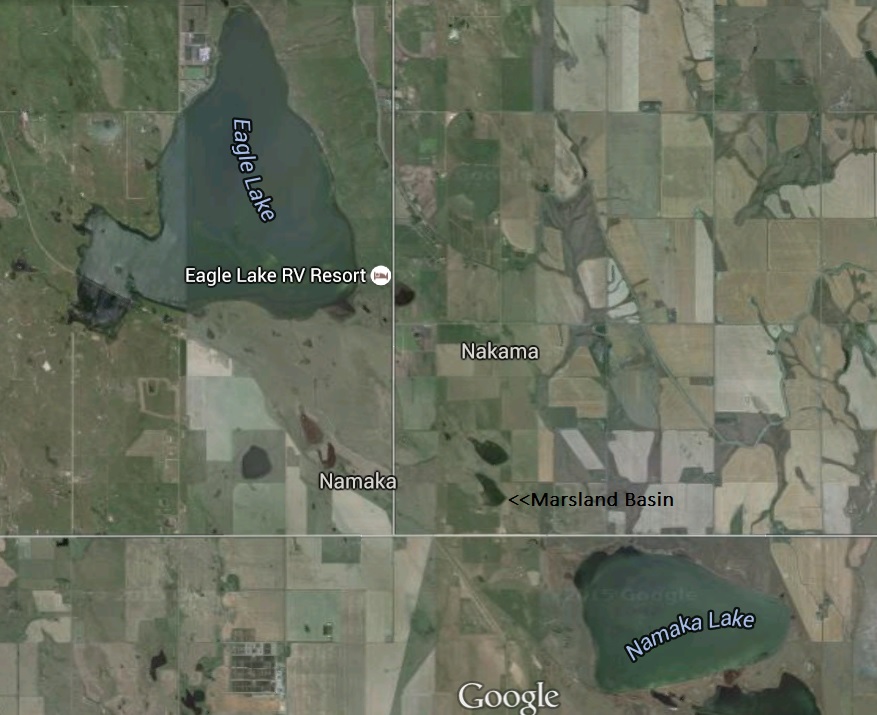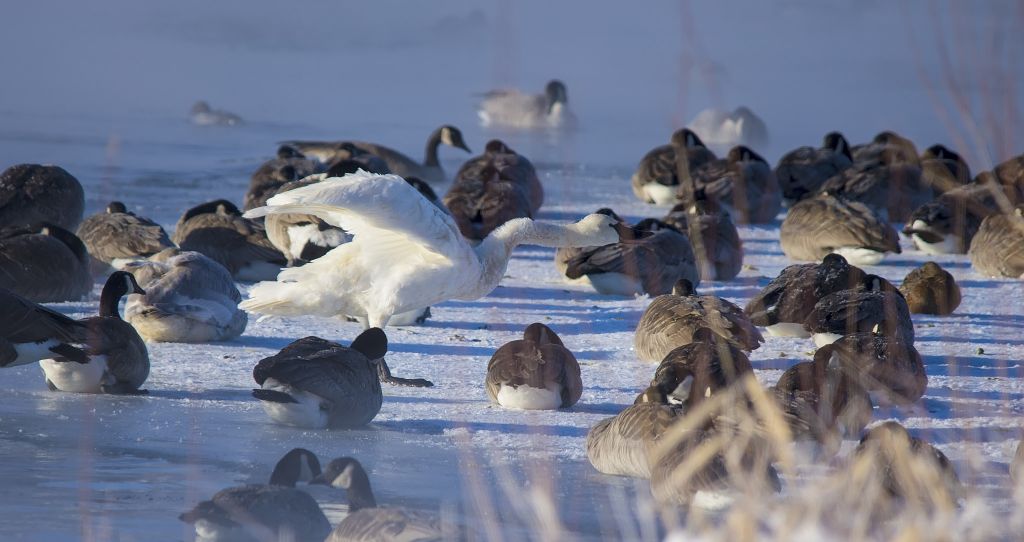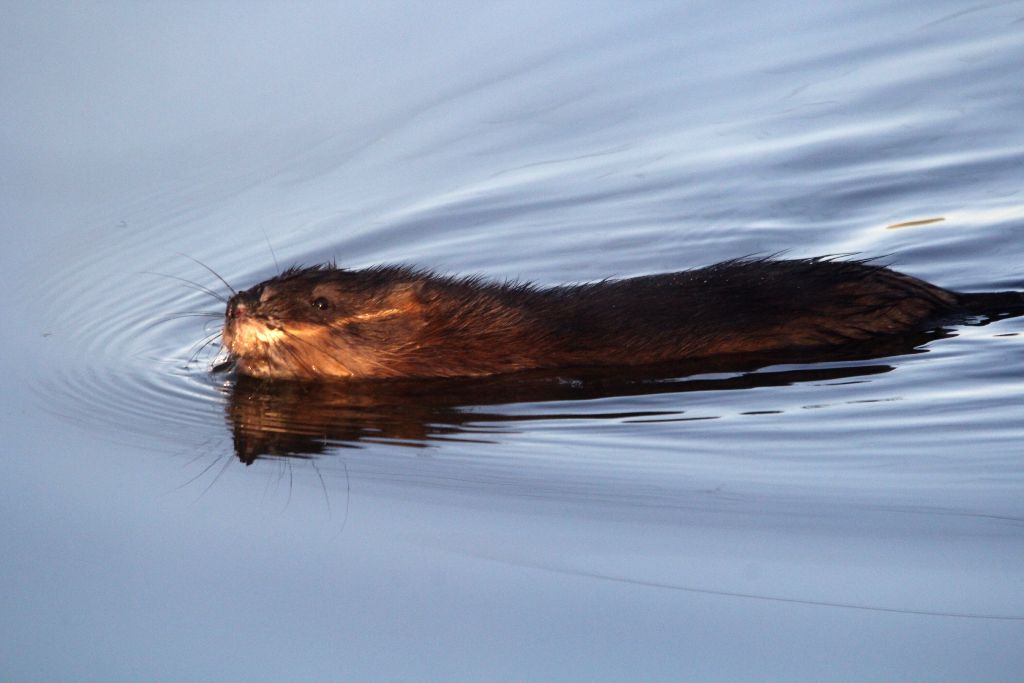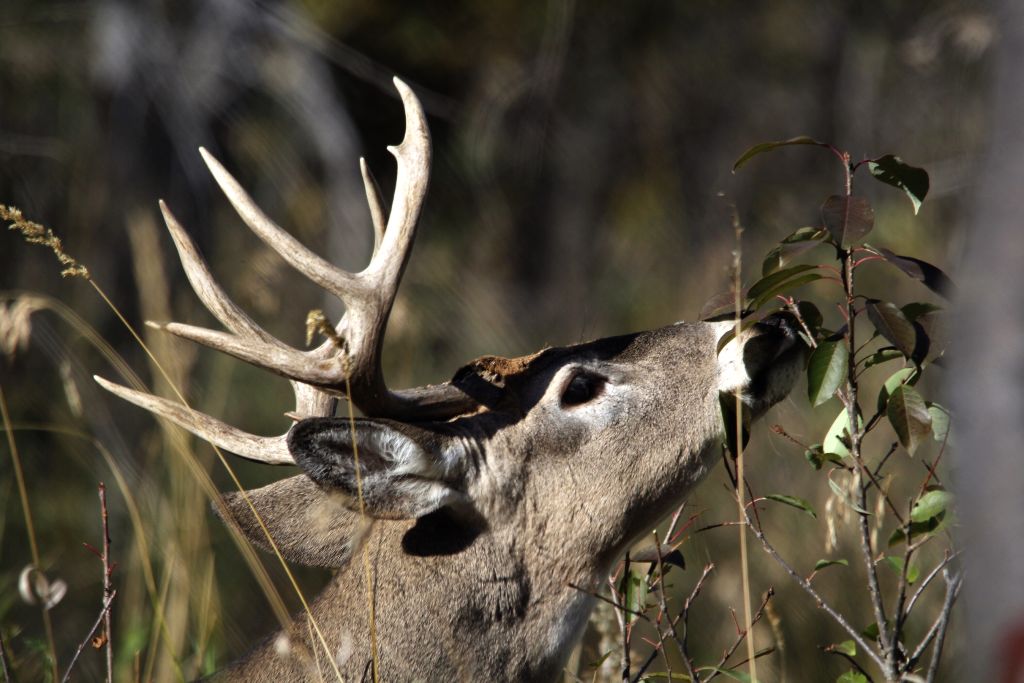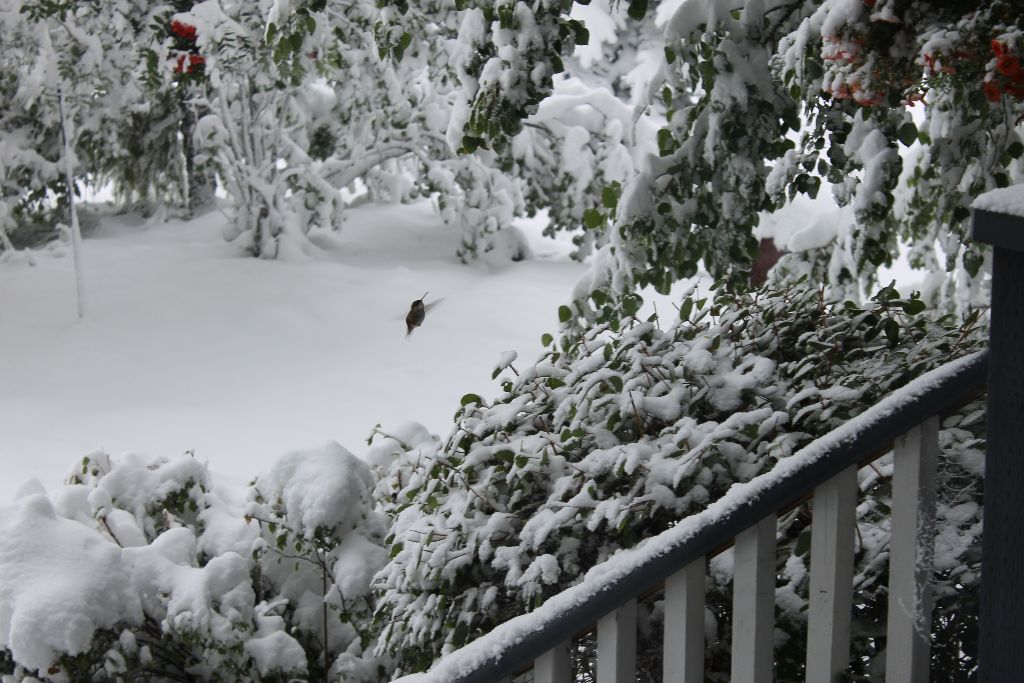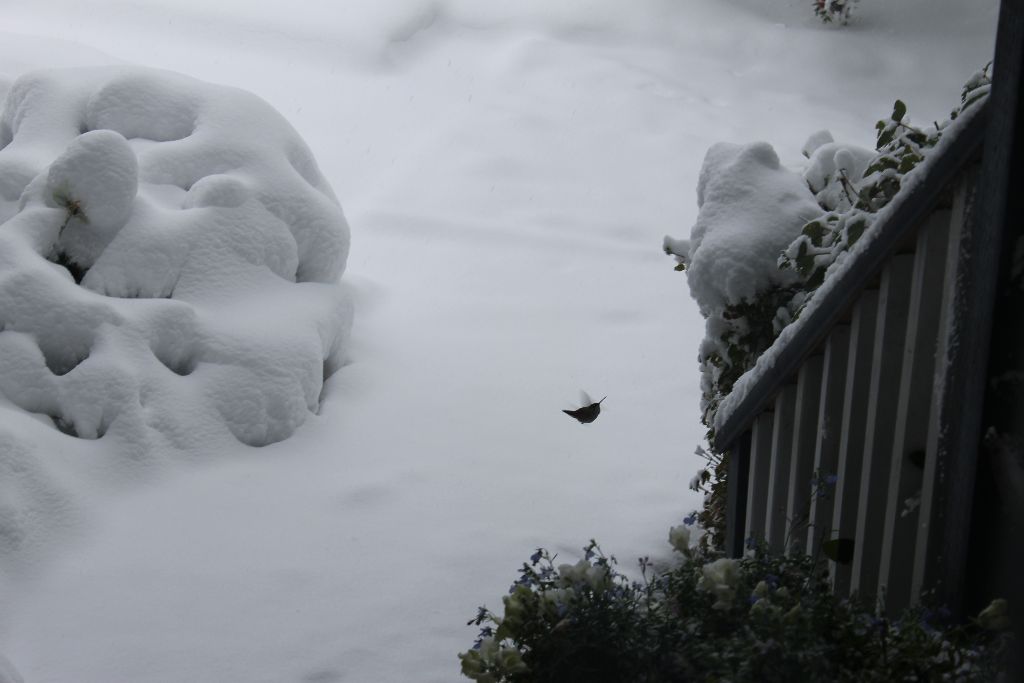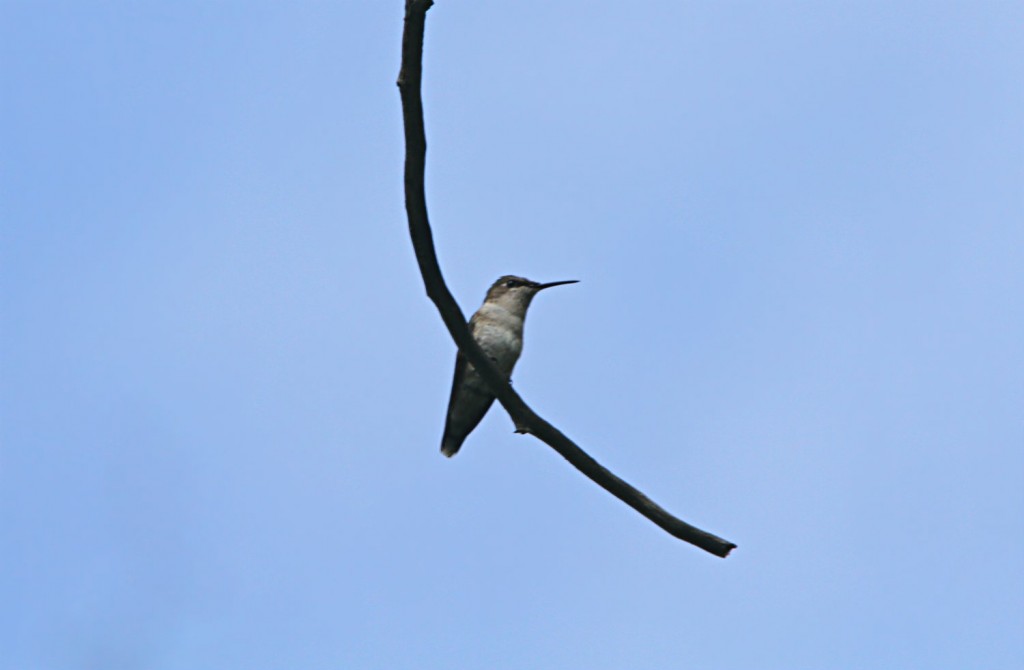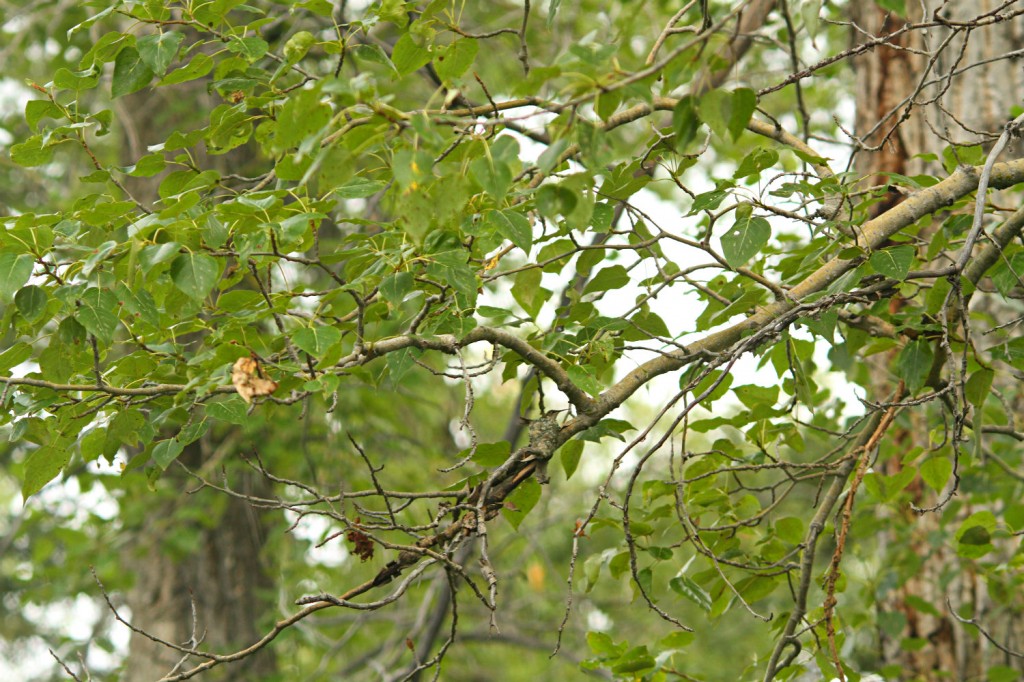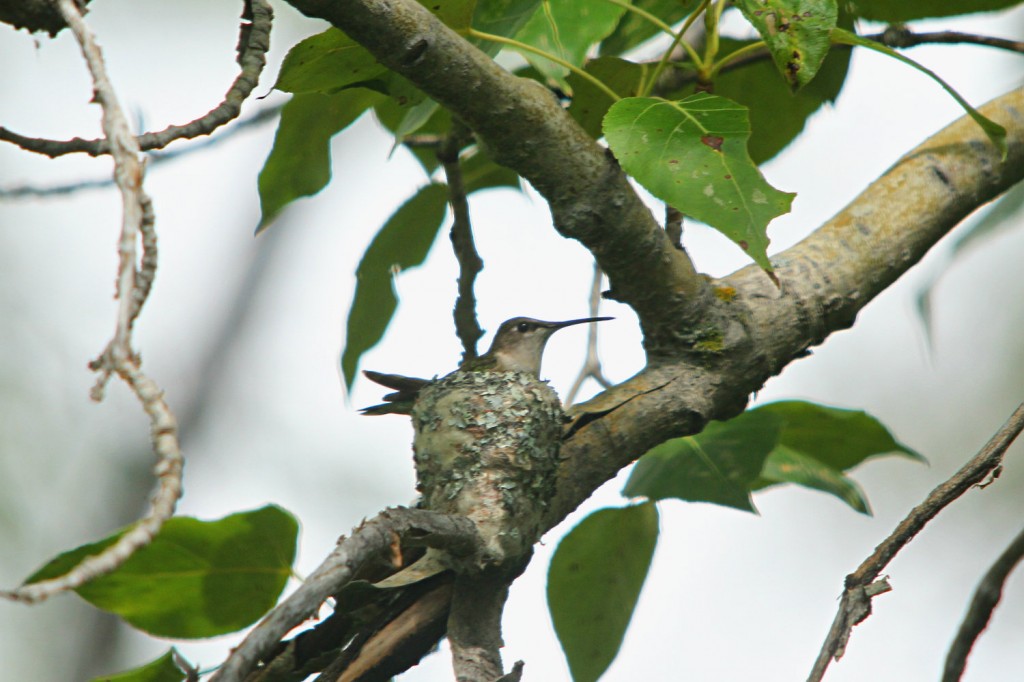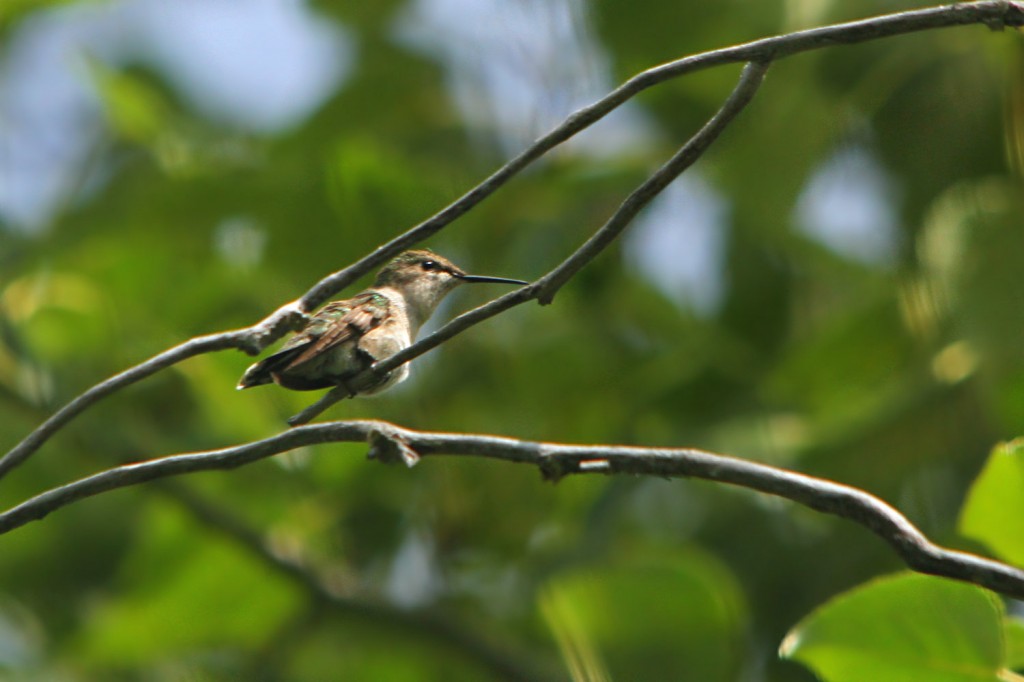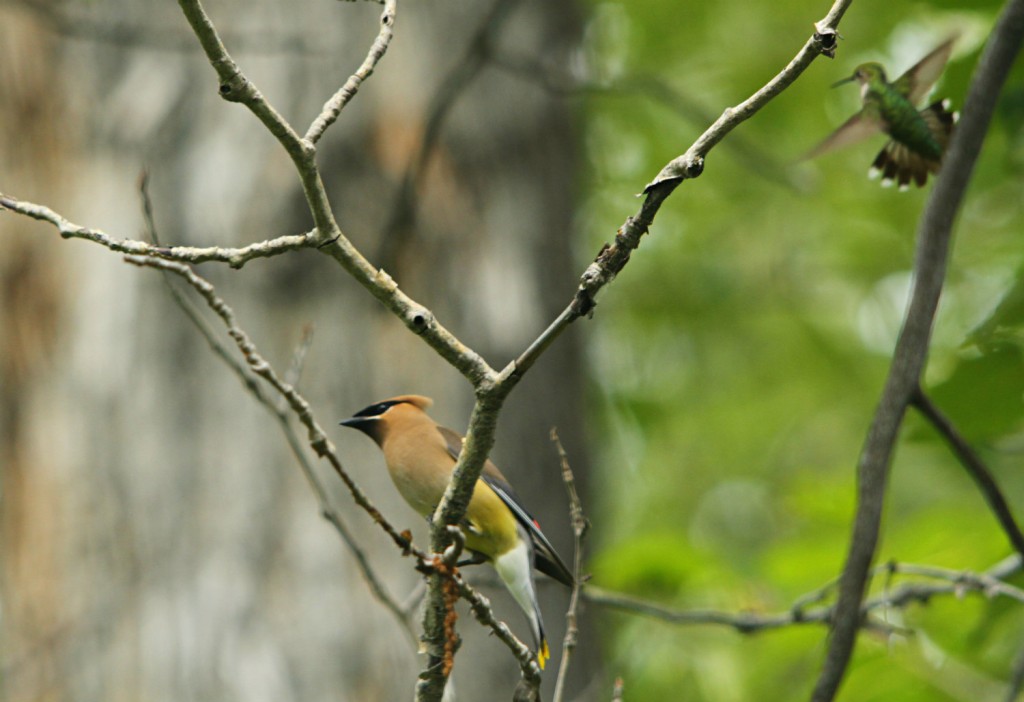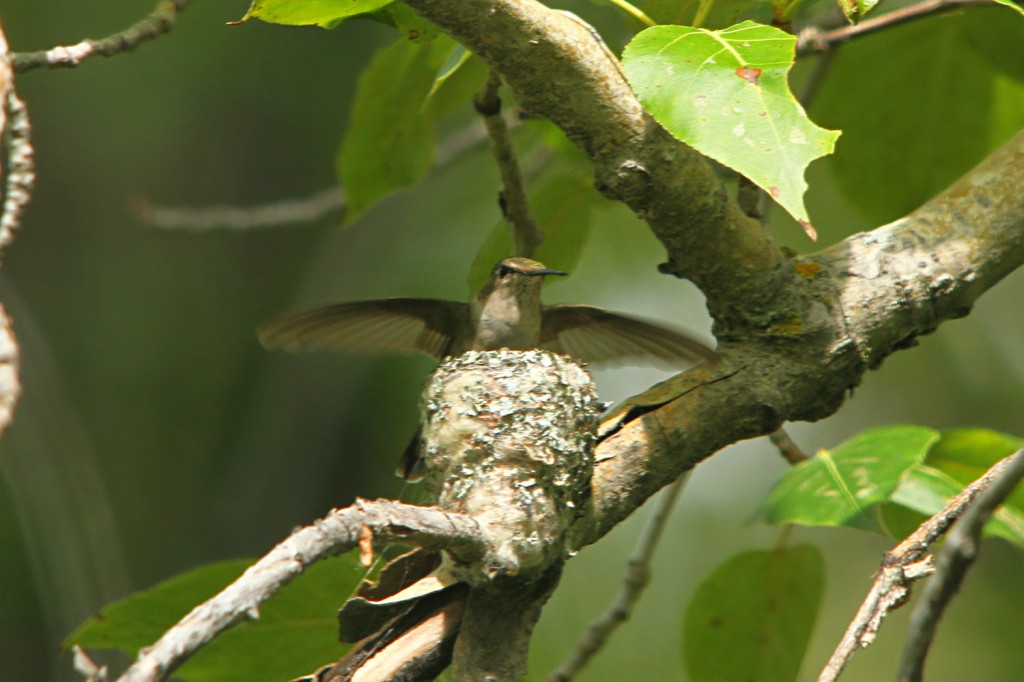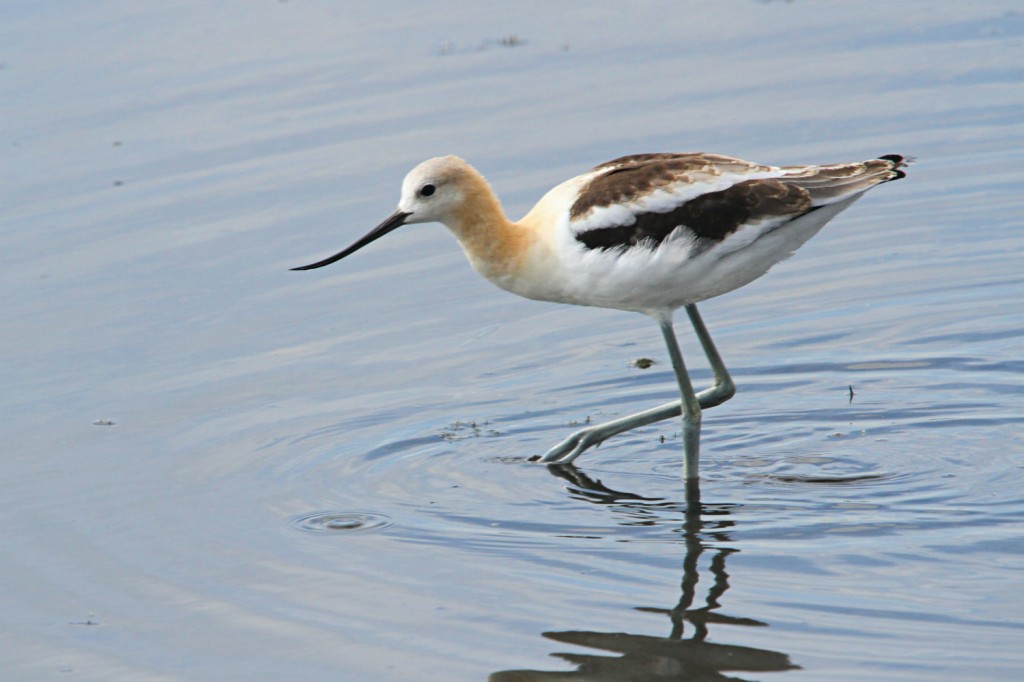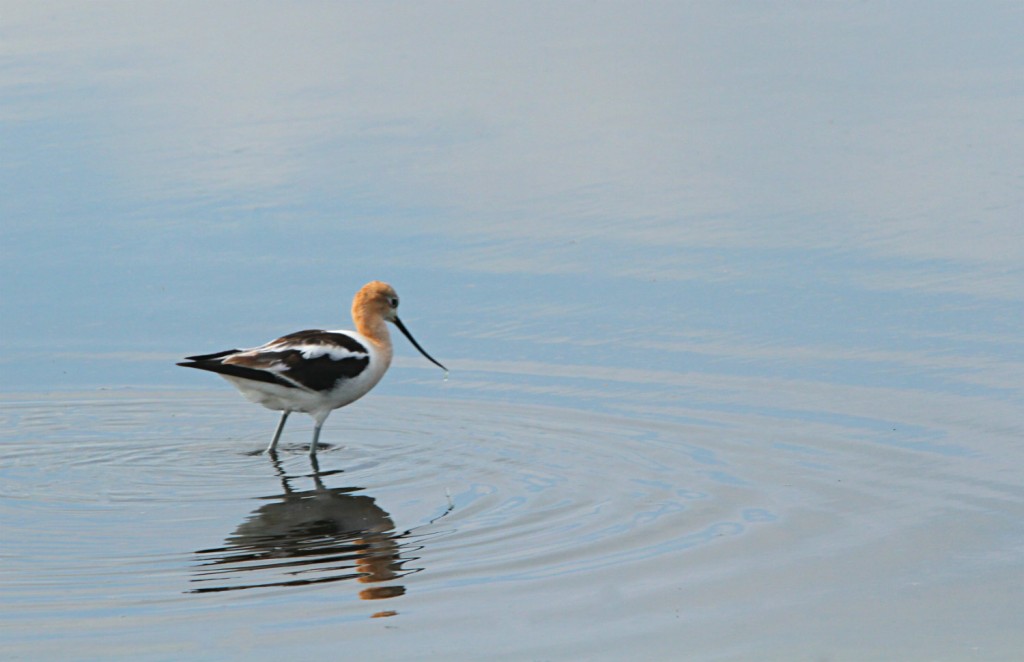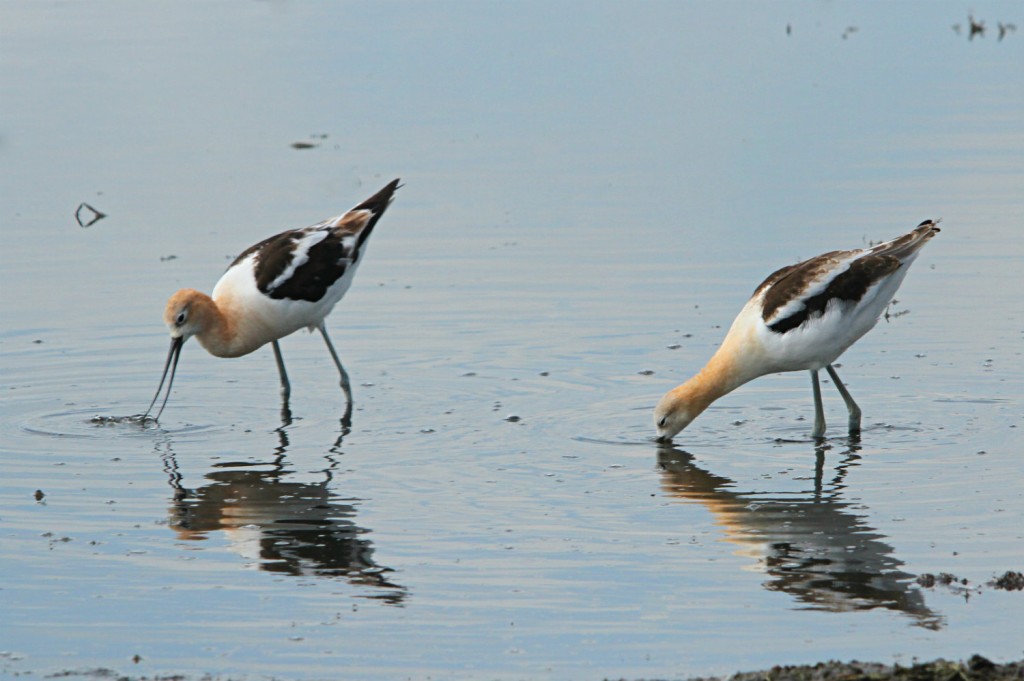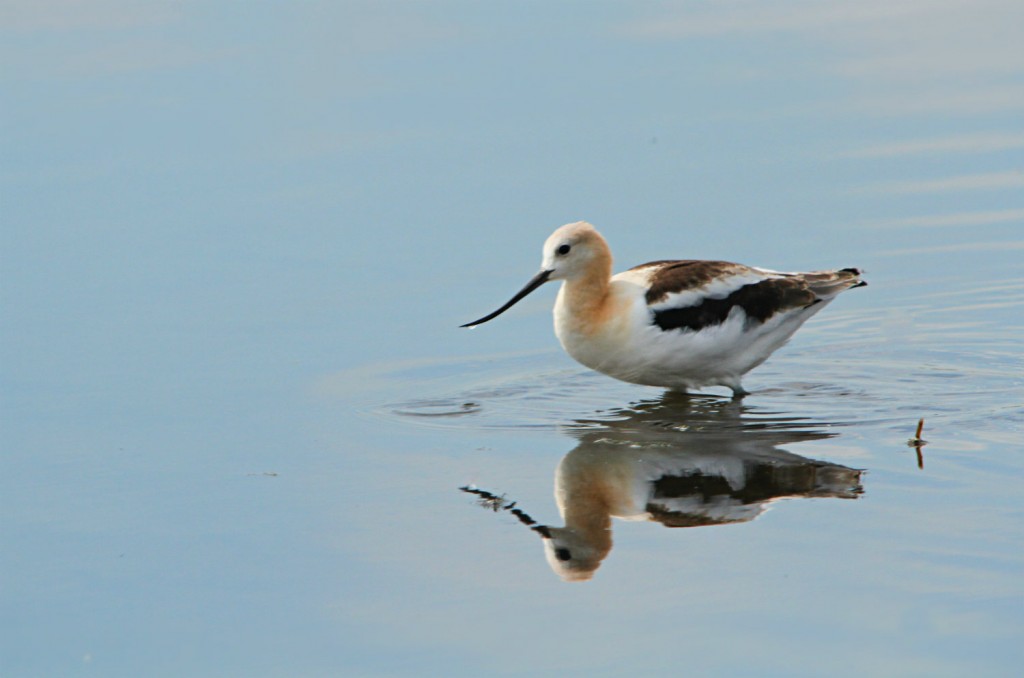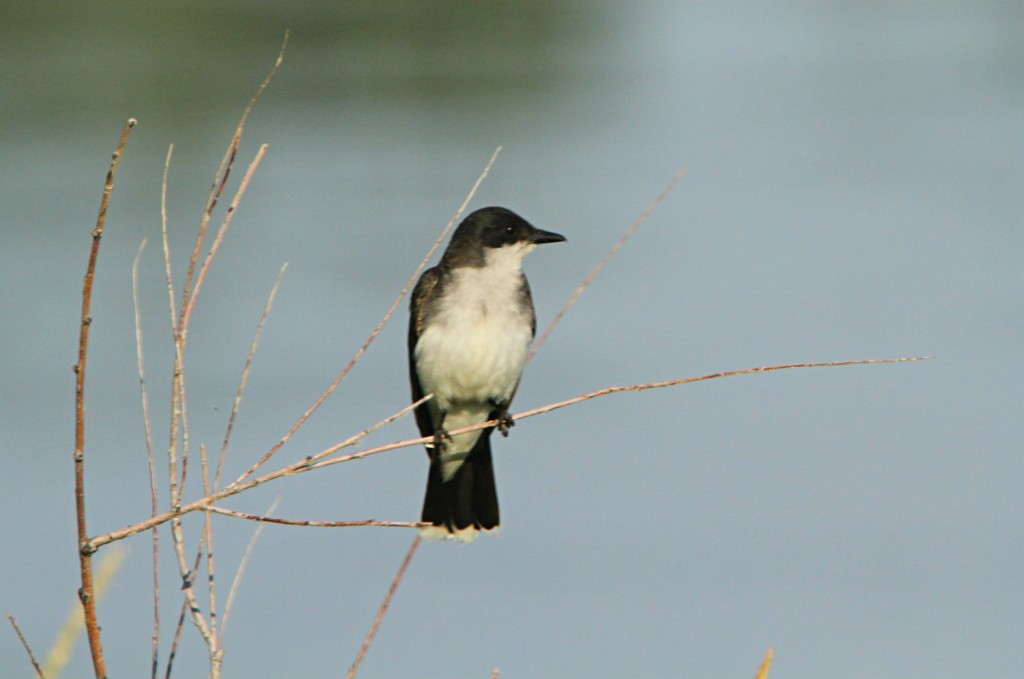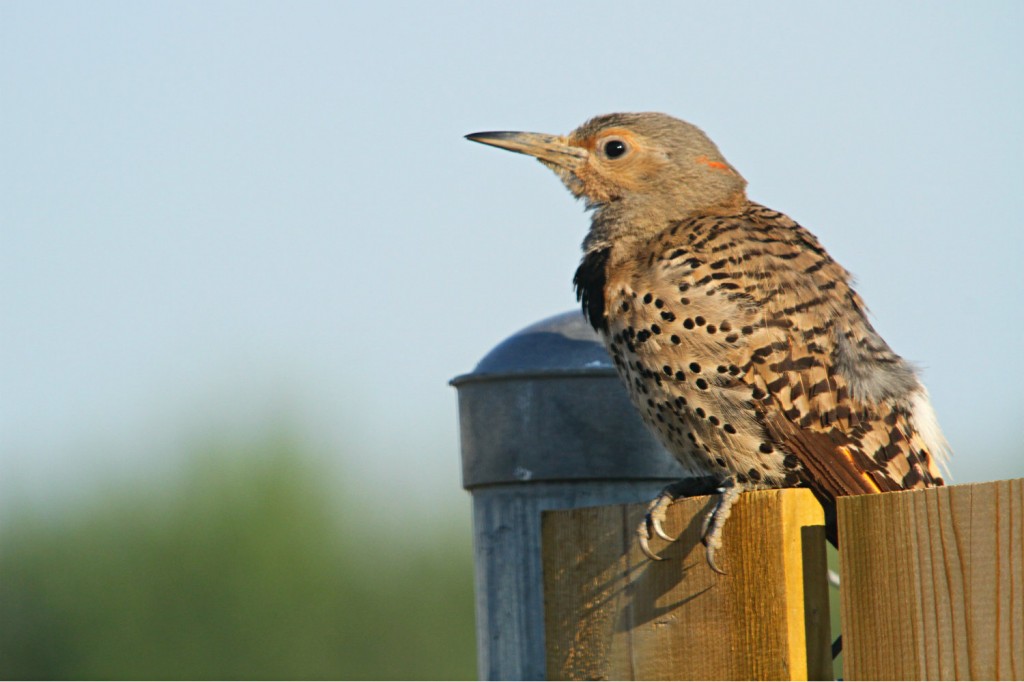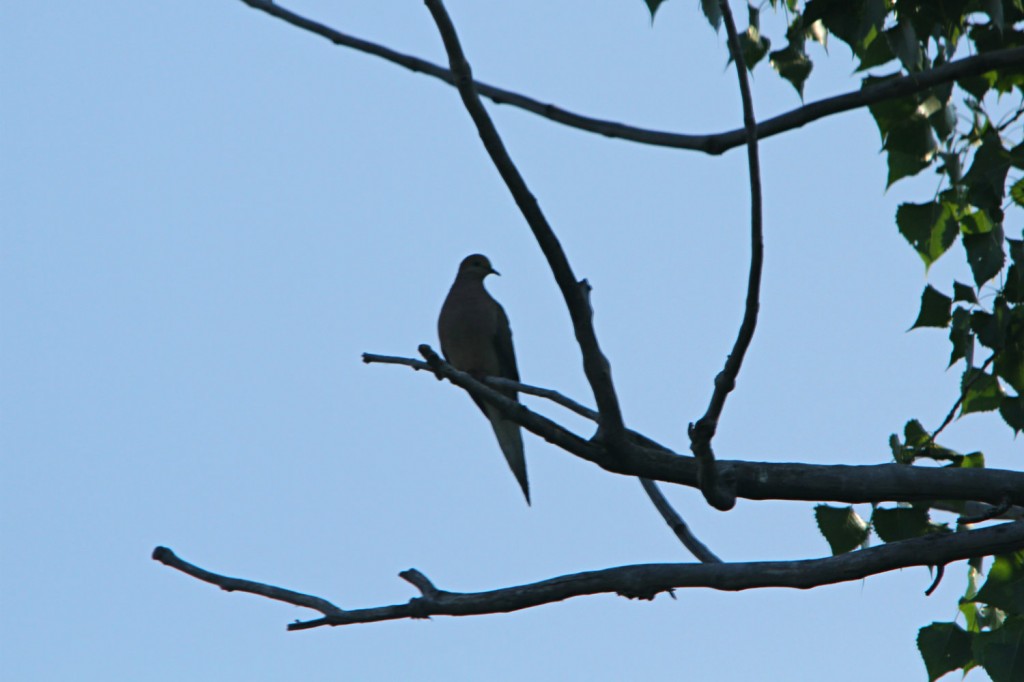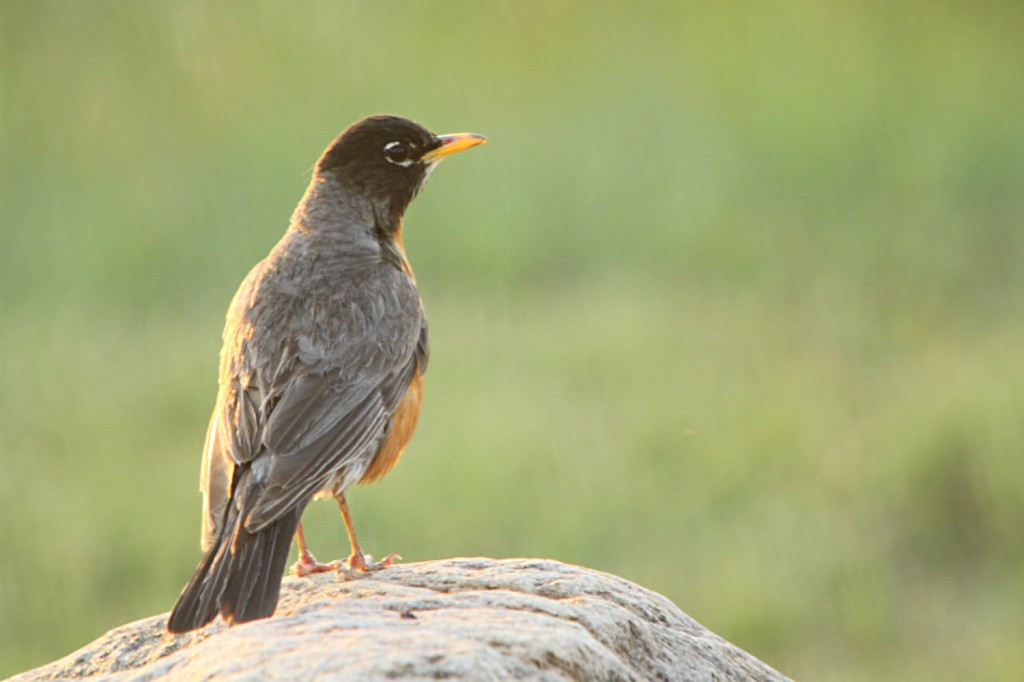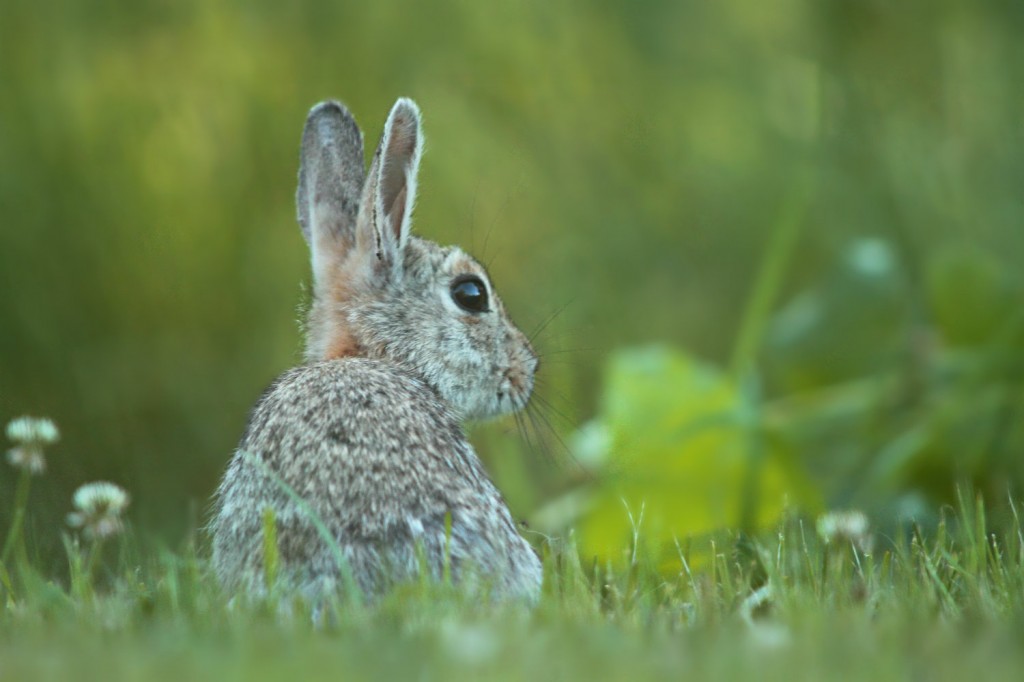Posted by Bob Lefebvre
The Western Irrigation District canal in SE Calgary has had the water supply from the Bow River shut off and the water level is falling. The next few weeks until freeze-up are a great time to go birding along the canal as there is a lot of food concentrated in the remaining pools and on the mudflats. The best birding is from the Max Bell arena to 50 Avenue SE, with the most productive stretch being the 500 m or so south of the Gosling Way bridge, on the entrance road to the Inglewood Golf and Curling Club.
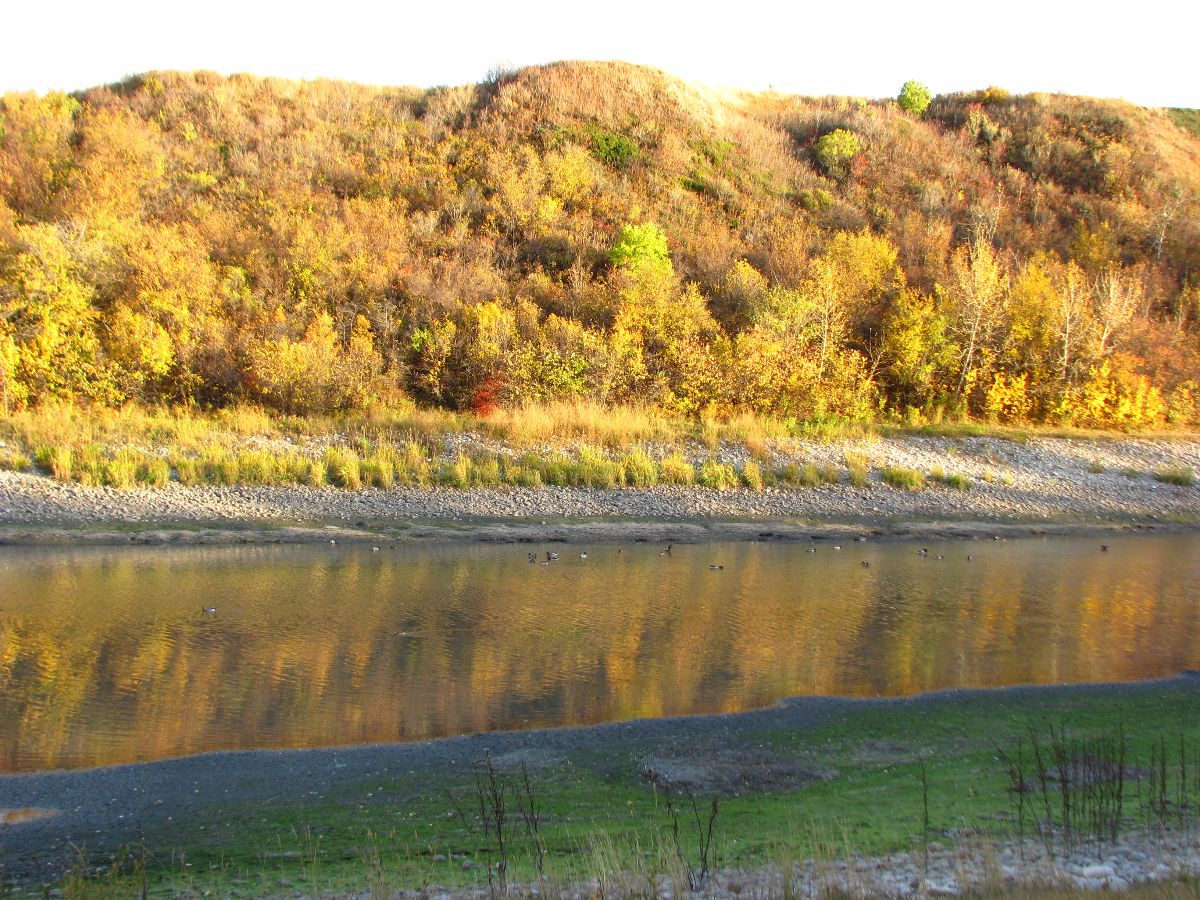
Birds on the canal, October 2011.
Trout Unlimited Canada normally does a fish rescue when the water is shut off, but due to funding cuts they were unable to do it this year. There will be some big fish left in the water and it will be interesting to see if this keeps the Herons and Kingfishers around for a while longer.
The canal is a great place for bird photography as the waterfowl and shorebirds are often quite close to you. Walk along the east side in the morning and along the west side in the evening to keep the sun behind you, and you can get some great views!

October 2011, looking back towards the Gosling Way bridge. Throughout October the water level gradually falls, concentrating the waterfowl into smaller pools.
Here are links to a few of the posts that Dan Arndt did about birding the canal with the Friends of Fish Creek in the past three years, with photos of many of the birds you can find there.
